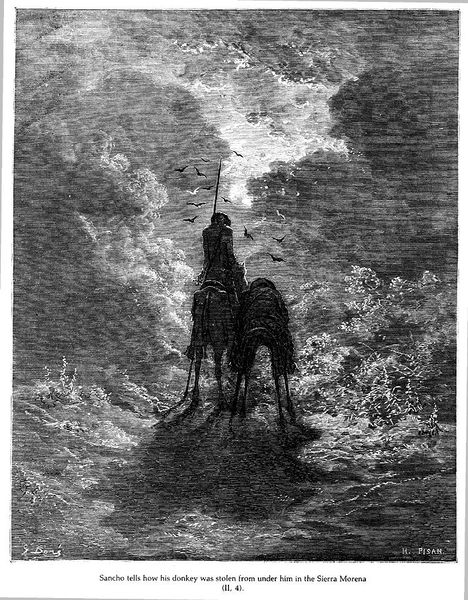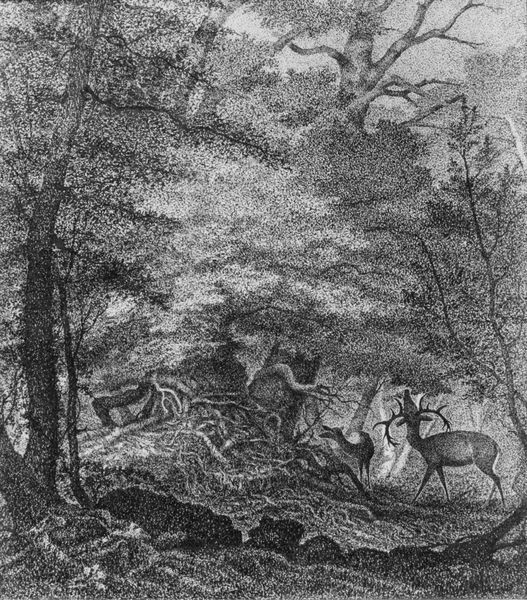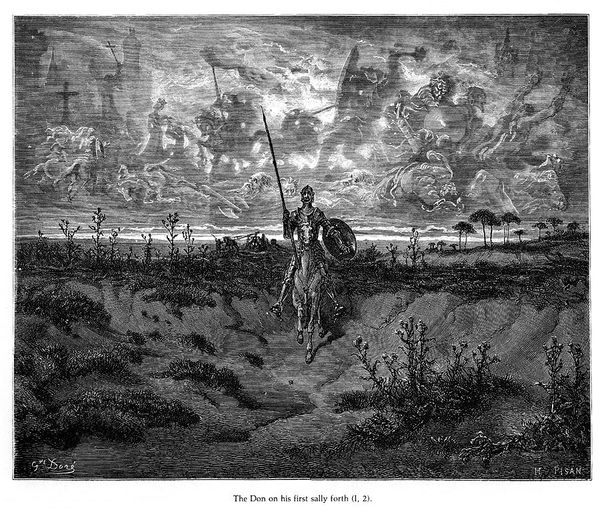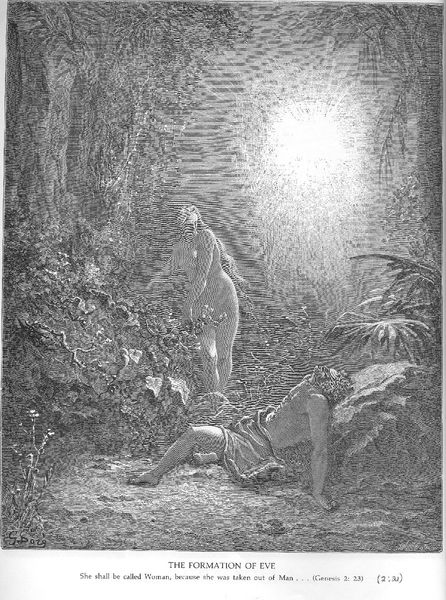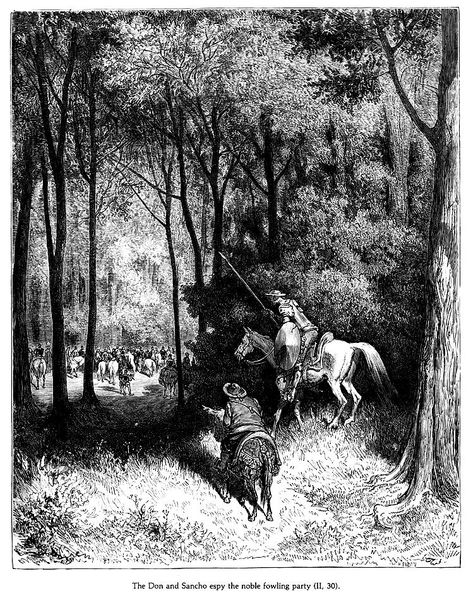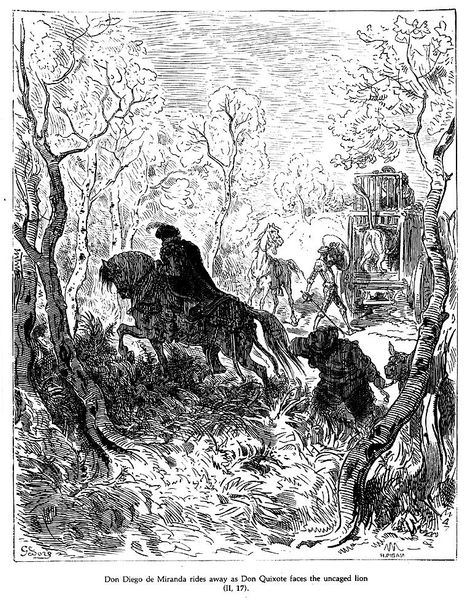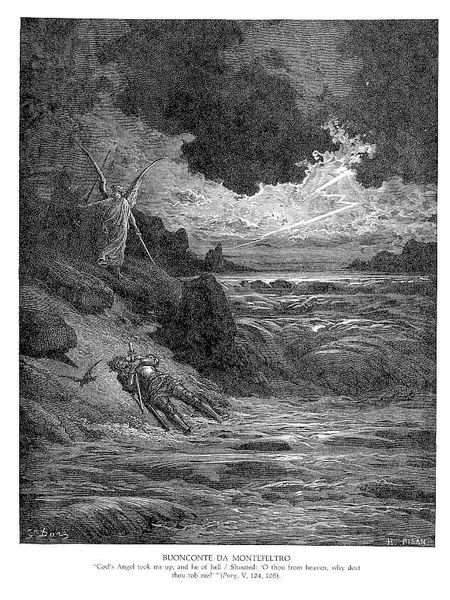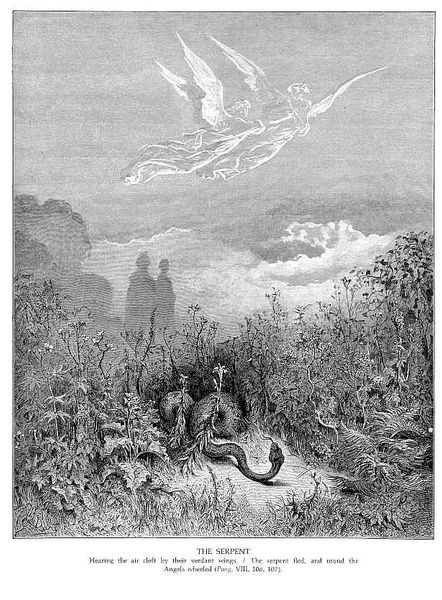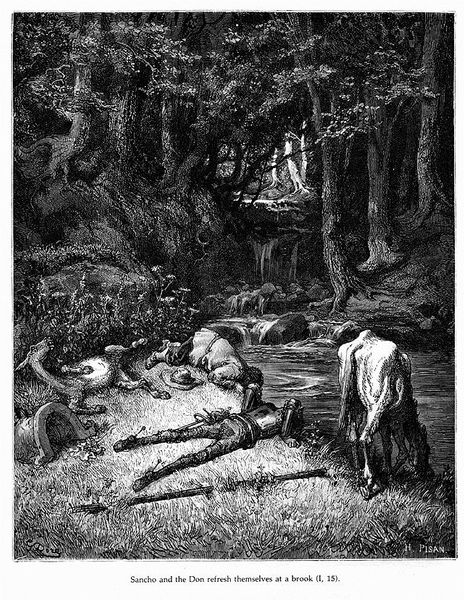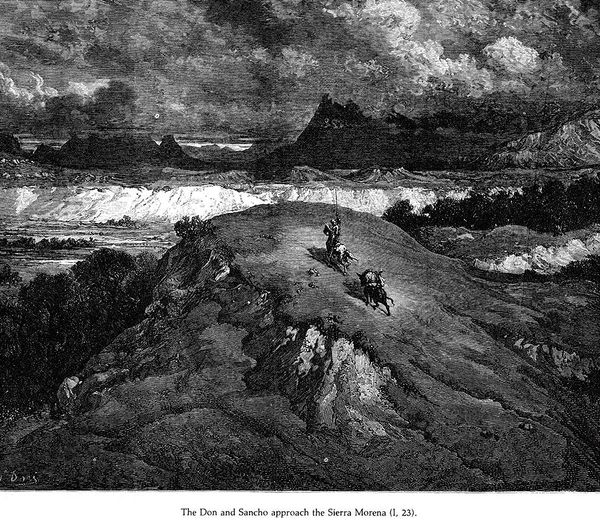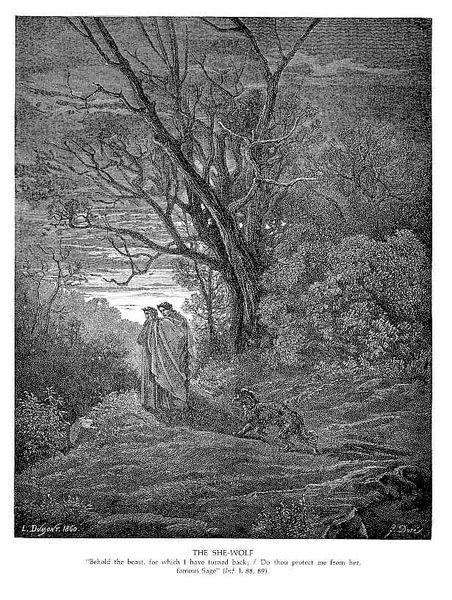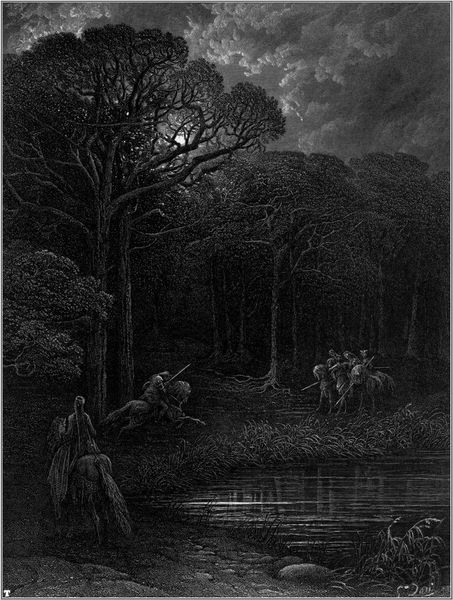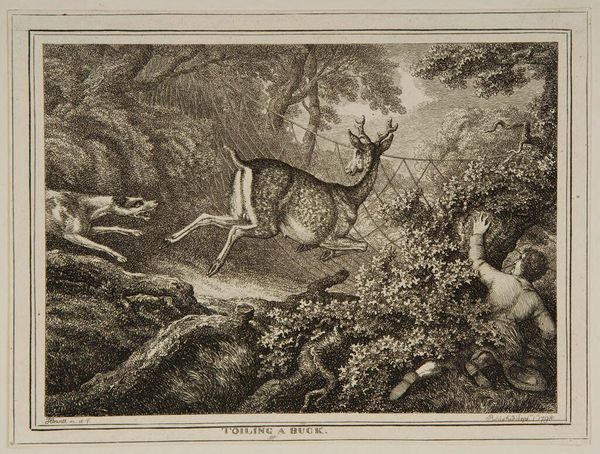
drawing, print, paper, photography, ink
#
tree
#
drawing
#
narrative-art
#
animal
# print
#
landscape
#
figuration
#
paper
#
photography
#
ink
#
romanticism
#
horse
#
history-painting
Copyright: Public domain
This image of Don Quixote, realized by Gustave Doré, probably in the 1860s, is a wood engraving. Now, wood engraving is an interesting choice, since it is an essentially reproductive medium. The image had to be translated onto the block, then cut by a highly skilled artisan, and then printed using an industrial press, a technique intimately tied to the rise of mass media. It has that in common with photography, another technology that transformed the visual field in the 19th century. The extremely high level of detail is a testament to the engraver’s skill, and also to a social reality: at this time, printmakers were often anonymous, working to translate the vision of artists like Doré into a commercially viable product. So, in the end, Doré's enduring fame owes a lot to these relatively unknown individuals, and to the culture of labor that supported his career. When we consider this image, then, we should be thinking about the larger context of its production.
Comments
No comments
Be the first to comment and join the conversation on the ultimate creative platform.
